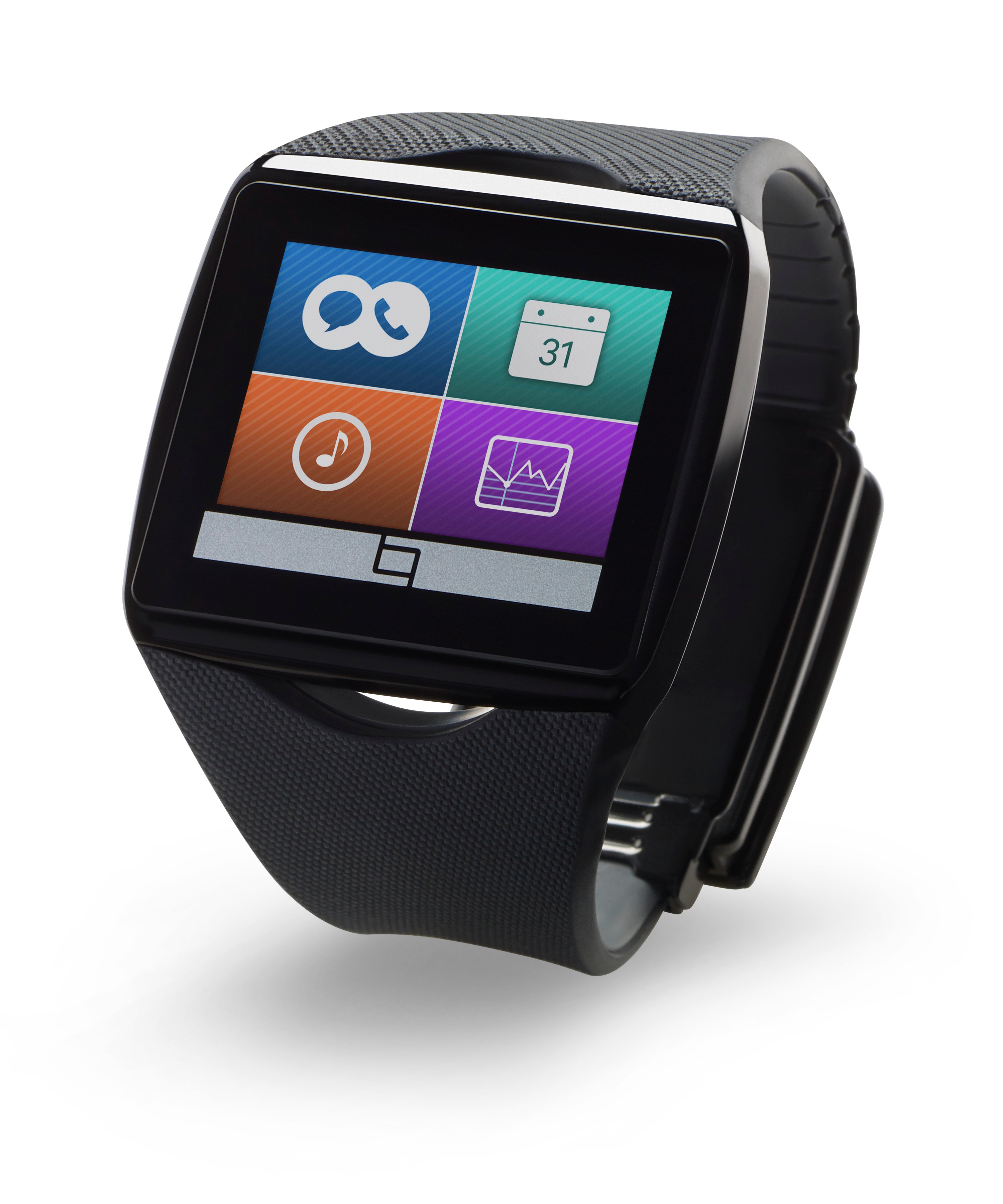“Good idea, bad execution”
I bet you’ve heard or read that expression – it comes up so often in reviews of things and services that just don’t, you know, work or take off, but have a good intention at their heart. And many if not most times, it’s because of insufficient user experience dilligence.
Here, let’s have a few examples before we get to the all-important question “why”:

The most recent product I’ve seen that received the GIBE label (which I may or may not call it from now on) is the Qualcomm Toq smartwatch (left) which, according to The Next Web, pretty much completely fails on the user experience – the tech parts are generally OK and TNW is generous enough to consider that some kind of smartwatch may some day be a good idea but the Toq (as well as every smartwatch so far) receives failing grades by the consumers.
Another recent failure under this heading is Microsoft’s Surface RT tablet which, again, receives acceptable-to-good marks on the tech, and obviously making a tablet is a good idea in this iPad day and age – but the decision by MS to create this sort-of Windows Light environment on the RT, making it incapable of running legacy Windows programs and dependent on an inferior selection of apps is, well, very bad execution on the user experience side.
Compare to the aforementioned iPad which did, in fact, strike many (including me) as a weird idea but came with such a well-executed user experience that it still caught on where earlier tablets had failed.


For a not so recent example we turn to the Segway PT which saw extreme hype prior to its launch in 2001.
“Nownow”, you may be thinking, “- the Segway is not a failure, it’s everywhere” – well, sure, but not compared to the vision for it; during development it was considered not only possible, but almost inevitable, that the Segway would take over from most bicycles and mopeds, as well as a healthy number of car and motorcycles, and become THE ubiquitous personal transport.
In fact, the production and hype was geared towards sales in the hundreds of thousands per year, while the actual volume was well under 50.000 units the first seven years combined – and let’s face it, even if Segways didn’t cost as much as a small car they wouldn’t be replacing bicycles or mopeds for a number of reasons, looking like a fool and having nowhere to put baggage or a children’s seat being only the most obvious.
It should be noted that the user experience when riding it is exactly as described; it’s easy and, in point of fact, quite fun to ride – it just never did fit into the reality of far most of the people who were supposed to buy it. Remember that context is also part of user understanding.
(please feel free to email me with your own favorite GIBE examples, or just shout them at the screen)
Not every single “good idea, bad execution”-type failure is down to user experience issues but, as exemplified by the above, it is very often the case – but why does this keep happening?
I think one of the simplest and most prevalent explanations is that, as a manufacturer or even inventor, one tends to get overly excited about one’s own idea. Your “Eureka!” moment lingers in your mind and you either forget to ask the all-important question, “will anyone other than me be interested in/impressed by this?”, or you fail to integrate your single idea into a product or enviroment where it makes sense.
In tech products, this is very often expressed – again, as in the examples – by staring wildly at some specific technology, but failing to see its relevance or practicality – or lack thereof – to the users (a great example of this which isn’t a GIBE case, but simply a question of giving people something they never wanted, would be the 3D-at-home wave of TVs etc. that flooded the home tech market about three years ago, only to disappear just as quickly).
Now, innovation is always going to be risky, and it shouldn’t be shut down by jaded cries of “Nobody wants that!” – in fact, this attitude has also cost quite a few companies quite a bit of money, from the recording labels that turned away The Beatles to – sorry – Microsoft again, whose recent purchase of Nokia is a much-too-late sign that they’re finally taking mobile seriously.
But my point here is that you don’t have to fall into one of these two extremes – either throwing caution to the wind and blindly believing in your idea, or stay away from anything new or innovative altogether. With the appropriate input from the field of user experience and -understanding, you can do much more than simply hope.
So, if you have that there wonderful idea, and you’re moving into the execution phase – call me. I’m here to help.




